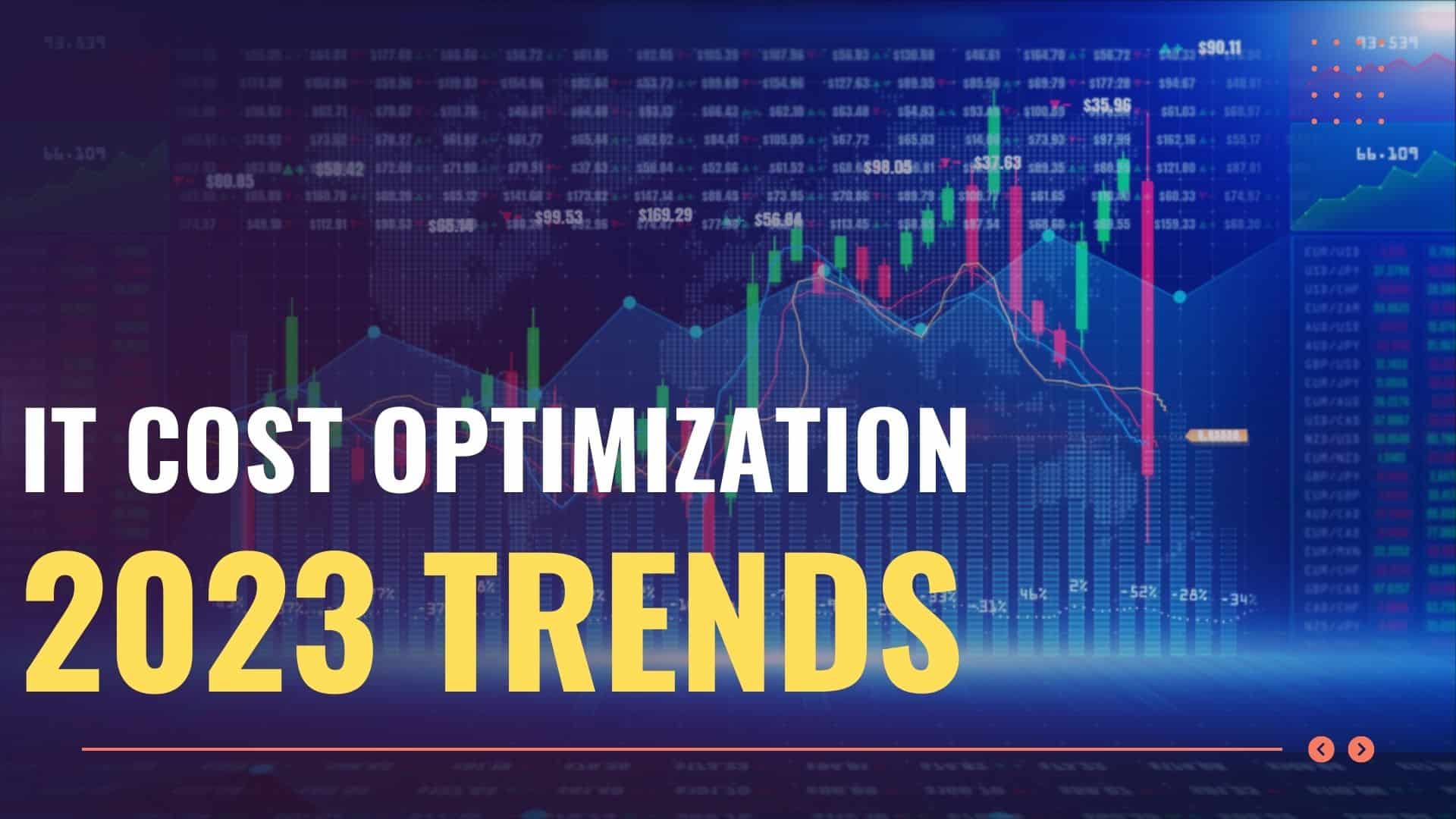-
Connect With Your Ottawa IT Service Company at (613) 828-1384
Connect With Your Ottawa IT Service Company at (613) 828-1384
Much like the precise orchestration seen in an air traffic control tower, businesses today are meticulously analyzing their IT expenditures. This is not just about cost-cutting; it’s about efficient resource allocation, delivering maximum value at optimal costs.
The latest insights from industry pundits suggest that 90% of businesses consider their cost structure optimization paramount. Reflecting on this, 87% of corporate leaders have adopted this frugal mindset.
The past couple of years have seen their fair share of hurdles, from global financial uncertainties to intricate challenges at the local level, like skill and supply-chain disruptions. Against this backdrop, businesses are sailing in waters quite different from before, and IT spending is at the helm of their concerns. Achieving a full-circle view into IT operations and infrastructure has become necessary, particularly for monitoring pivotal metrics.
Yet, alarmingly, just over half of these leaders can confidently say they clearly understand where their IT funds go. Over-spending is a lurking danger. Imagine the substantial savings if one could smartly optimize costs, spending $700,000 instead of an unnecessary $1,000,000 for the same IT requirement.
There are all too many tales of vendors offering more products at discounted rates, but it begs the question: Why purchase more than what’s essential? Often, a vast chasm exists between what businesses genuinely need and what they acquire.
A worldwide consensus among 95% of businesses indicates ample opportunities for honing their IT spending strategies. Today, 89% of these businesses are keener on cost optimization than last year.
The strategic shift is clear. Firms evaluate investments through a business value lens, implement robust governance frameworks, and seek external expertise when required.
IT experts share three pivotal trends:

As we reflect on the economic climate, most leaders are optimistic about continued tech investments, both short-term and long-term. This positive trajectory for the tech sector reaffirms the swift digital transformation businesses are undergoing, enhancing their competitive edge and operational resilience.
However, as dependency on tech amplifies, managing its associated costs becomes intricate. It necessitates understanding the company’s exact needs, recognizing the resources at hand, and harnessing tech prowess to achieve cost efficiency. The ongoing research confirms that leaders are cognizant of these challenges and ardently seek a harmonious balance between efficacy and expenditure, envisioning a cost-optimized future.
Keen on delving deeper? Discover the measures businesses are implementing for IT cost optimization. Reach out, and we’ll connect swiftly.